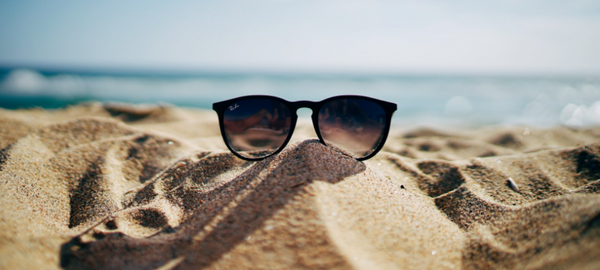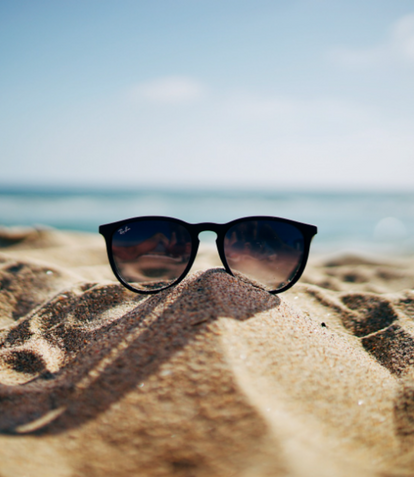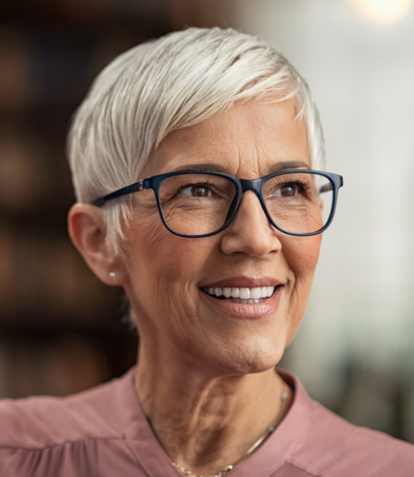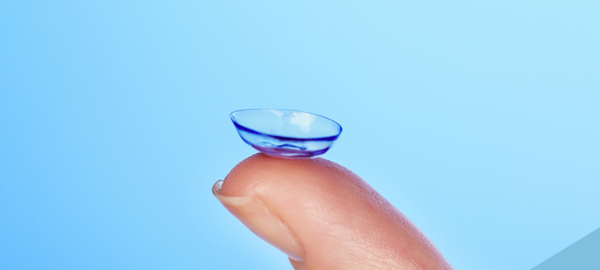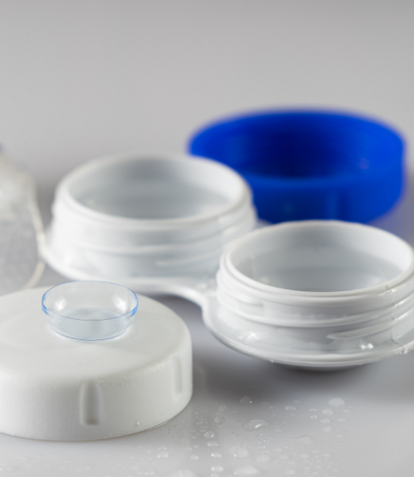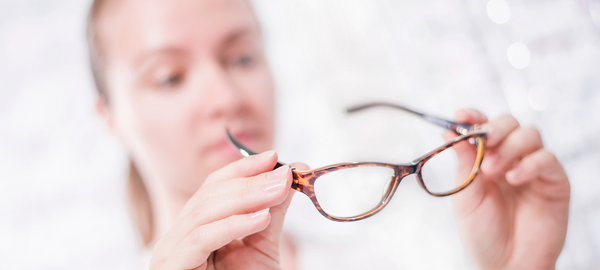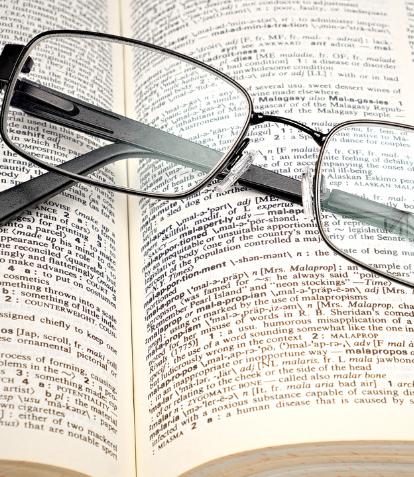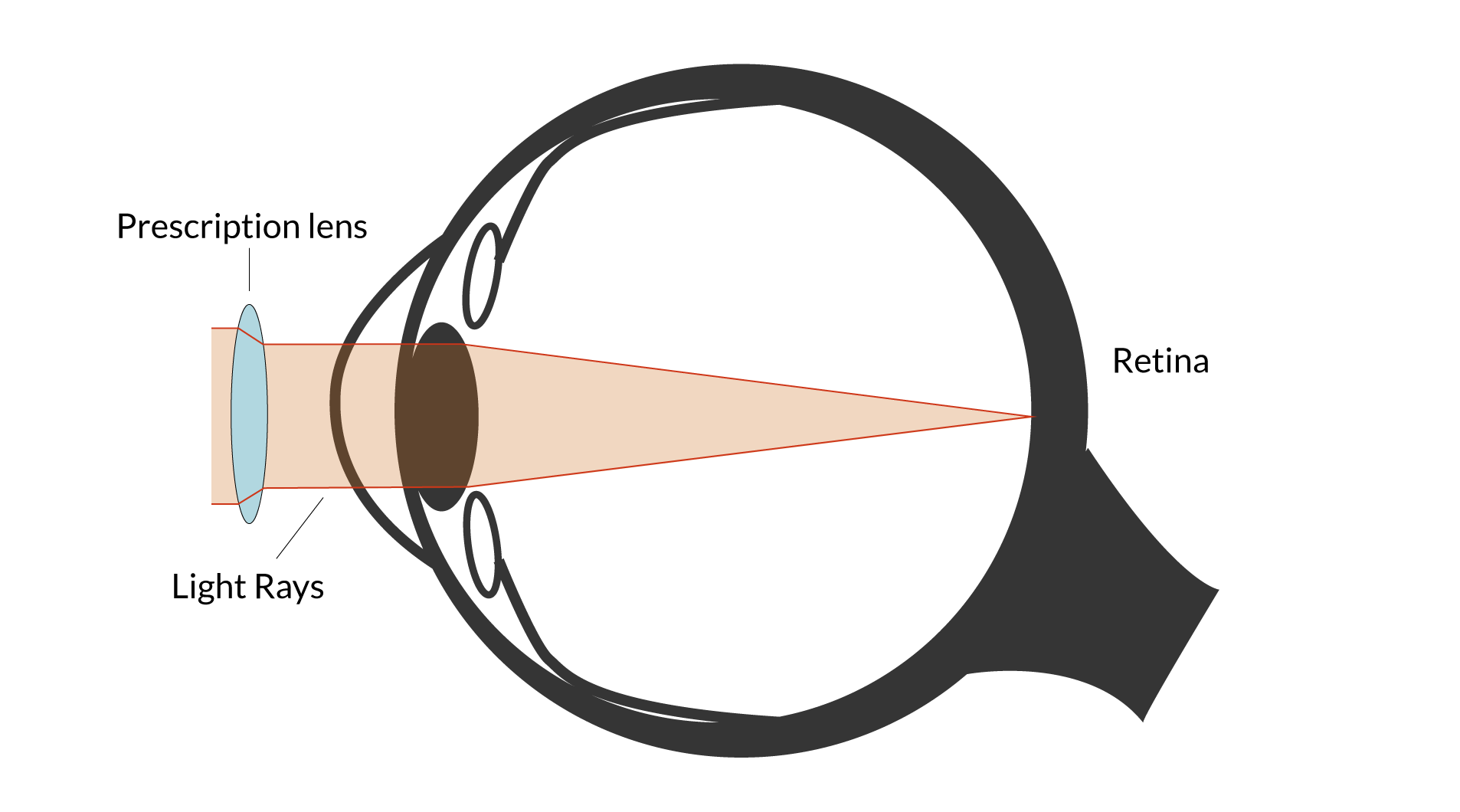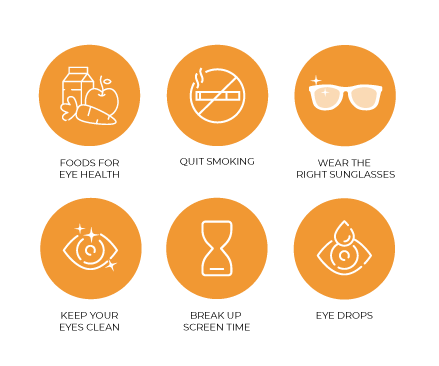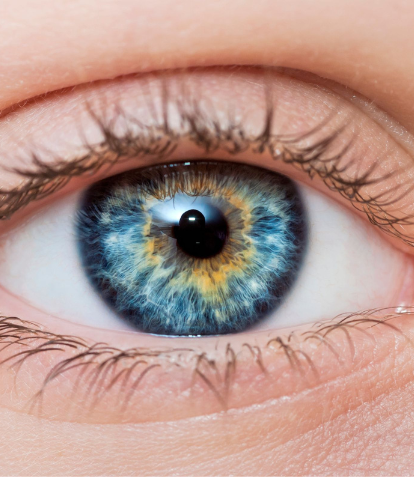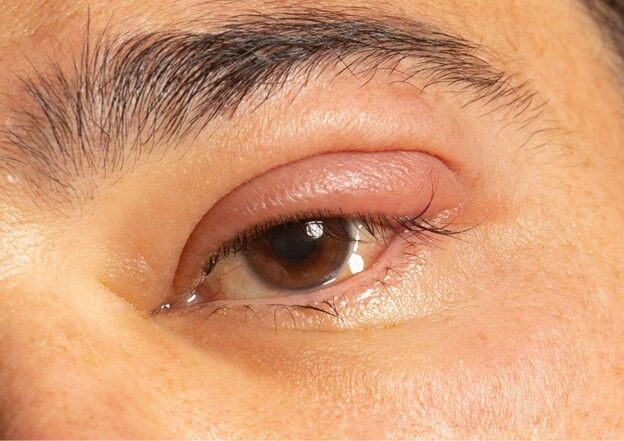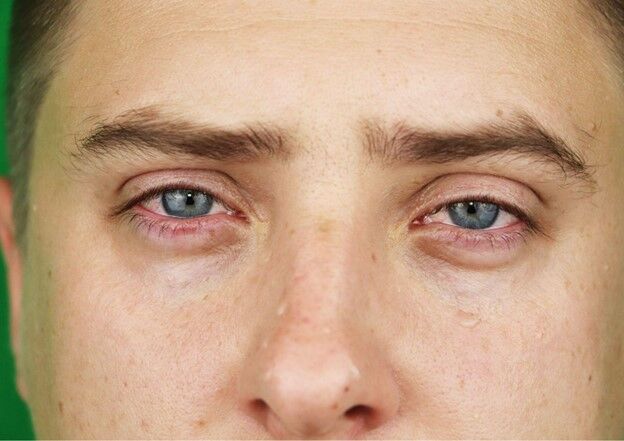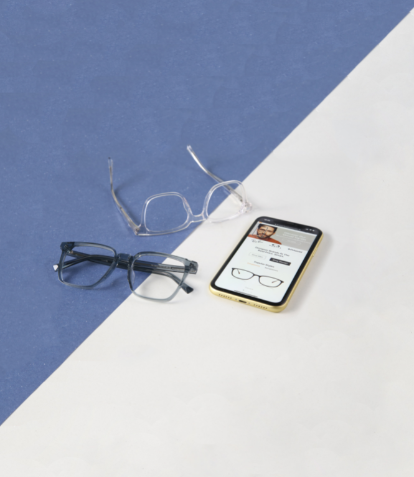
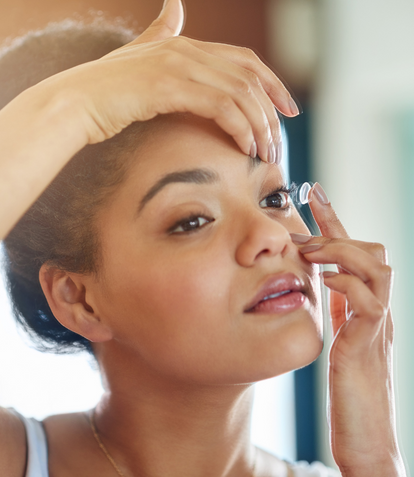
Which Contact Lenses Are Right For You?
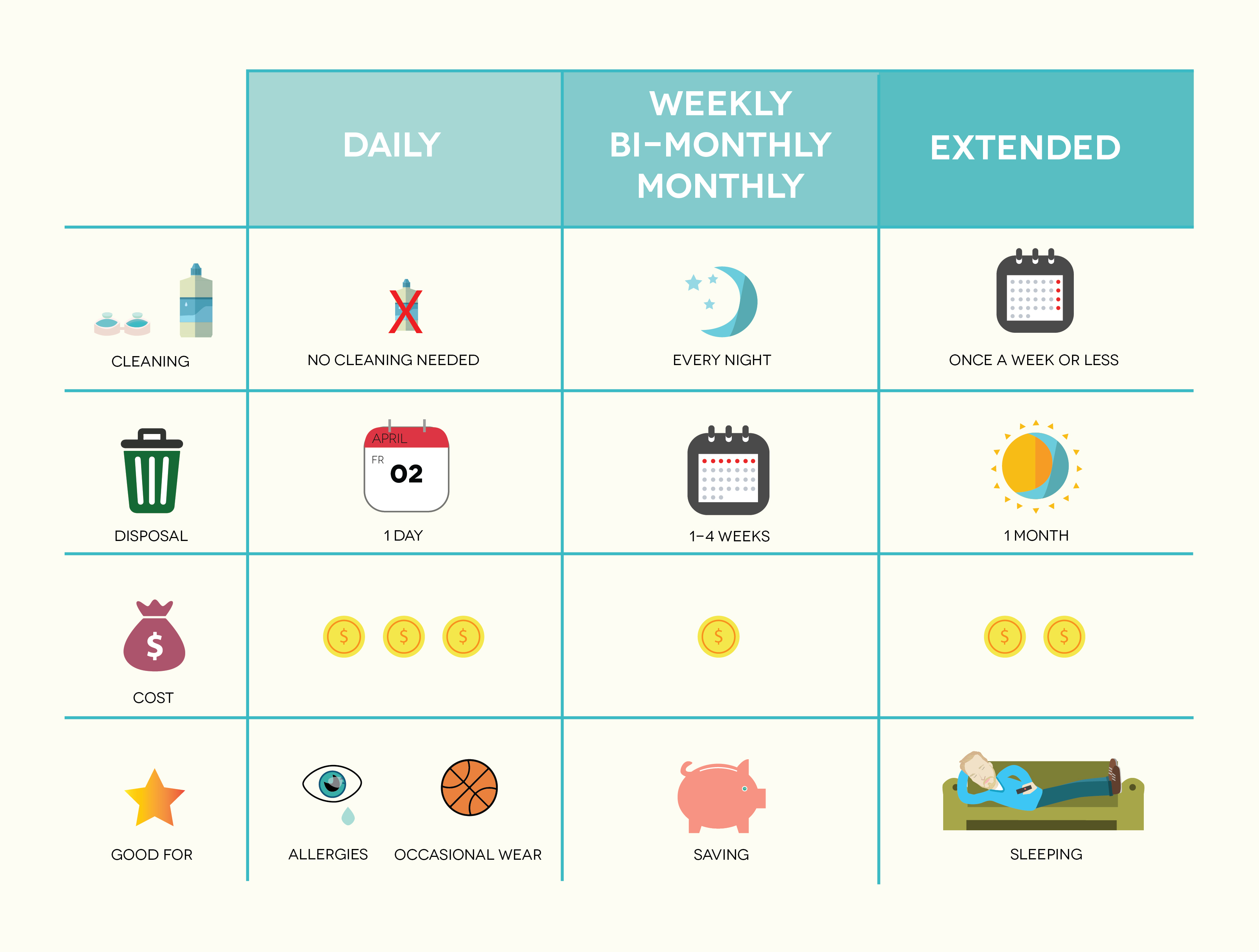
When buying contact lenses online, you are faced with an almost limitless range of options to choose from. It really depends on your lifestyle and personal preferences so there is no hard and fast rule as to which type is better. There are, however, a few important considerations to make.
All lenses are made for different wear time durations. How often they need to be replaced falls into three categories: Daily disposables, Weekly/Bi-monthly disposables, Monthly disposables and Extended (or Continuous) wear lenses.
Daily Disposable & Dailies Contacts
These are great if you are constantly on the go and travel often. There’s no cleaning needed – you just pop them on in the morning, take them out at night and throw them away. Daily disposable lenses are also handy if you play sports or partake in activities where you only need to wear contacts occasionally.
Weekly, Bi-Monthly & Monthly Disposable Contacts
As the names suggest, weekly contact lenses need to be thrown away and replaced every week, bi-monthlies should be replaced once every two weeks and monthly contact lenses should be replaced once a month.
Don’t get these confused with extended wear lenses, though, as you still need to take them out each night before you go to sleep and give them a proper cleanse overnight.
Extended Wear Contacts
For those of you who don’t like the trouble of putting your lenses in and taking them out every day, you should consider trying extended wear lenses.
Extended wear lenses, unlike other types of lenses, can be worn while sleeping. They are made of silicone hydrogel, a material which is extremely hydrophilic, and allows more oxygen to reach your eyes, keeping your eyes feeling nice and refreshed. Although you can sleep in these lenses for multiple days at a time, it is still recommended that you take out extended wear contacts at least once a week for cleaning and disinfecting.
Coloured Contact Lenses
For the more adventurous, why not try colored contact lenses? Coloured contact lenses allow you to change your eye colour and create a look that is all your own. Whether you want to enhance your everyday look or create a scary costume for Halloween, coloured contacts are very safe and fun to use.
Coloured contact lenses come in all replacement frequencies and you can order your coloured contacts in both plano (non-prescription) and prescription form.
Which Contact Lenses Are Right For You?

When buying contact lenses online, you are faced with an almost limitless range of options to choose from. It really depends on your lifestyle and personal preferences so there is no hard and fast rule as to which type is better. There are, however, a few important considerations to make.
All lenses are made for different wear time durations. How often they need to be replaced falls into three categories: Daily disposables, Weekly/Bi-monthly disposables, Monthly disposables and Extended (or Continuous) wear lenses.
Daily Disposable & Dailies Contacts
These are great if you are constantly on the go and travel often. There’s no cleaning needed – you just pop them on in the morning, take them out at night and throw them away. Daily disposable lenses are also handy if you play sports or partake in activities where you only need to wear contacts occasionally.
Weekly, Bi-Monthly & Monthly Disposable Contacts
As the names suggest, weekly contact lenses need to be thrown away and replaced every week, bi-monthlies should be replaced once every two weeks and monthly contact lenses should be replaced once a month.
Don’t get these confused with extended wear lenses, though, as you still need to take them out each night before you go to sleep and give them a proper cleanse overnight.
Extended Wear Contacts
For those of you who don’t like the trouble of putting your lenses in and taking them out every day, you should consider trying extended wear lenses.
Extended wear lenses, unlike other types of lenses, can be worn while sleeping. They are made of silicone hydrogel, a material which is extremely hydrophilic, and allows more oxygen to reach your eyes, keeping your eyes feeling nice and refreshed. Although you can sleep in these lenses for multiple days at a time, it is still recommended that you take out extended wear contacts at least once a week for cleaning and disinfecting.
Coloured Contact Lenses
For the more adventurous, why not try colored contact lenses? Coloured contact lenses allow you to change your eye colour and create a look that is all your own. Whether you want to enhance your everyday look or create a scary costume for Halloween, coloured contacts are very safe and fun to use.
Coloured contact lenses come in all replacement frequencies and you can order your coloured contacts in both plano (non-prescription) and prescription form.





































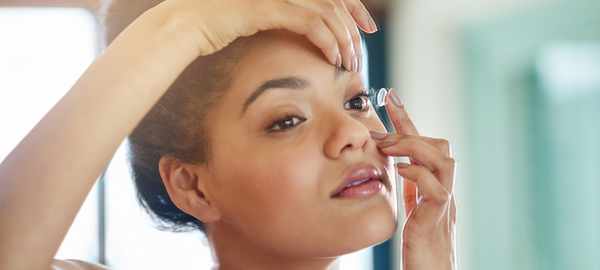



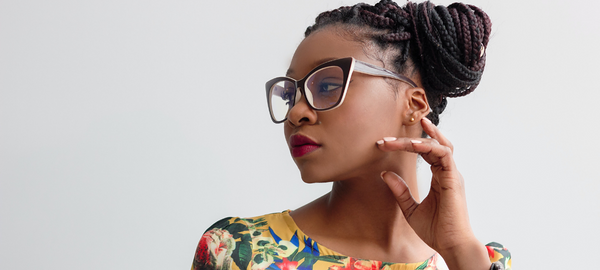







 Image credit: pinterest
Image credit: pinterest




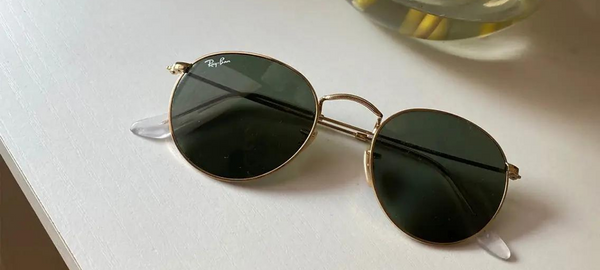







 The so-called
The so-called 

